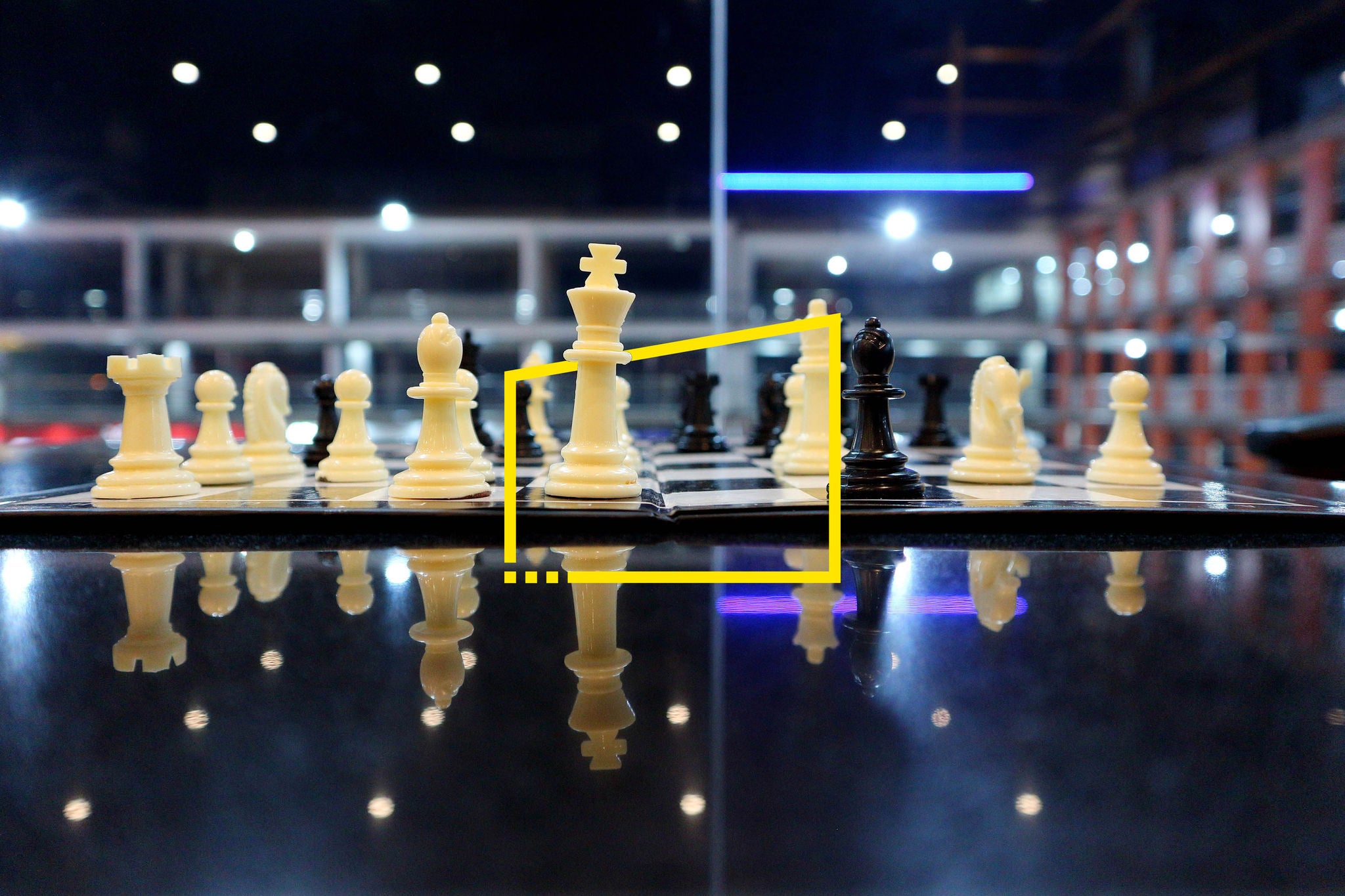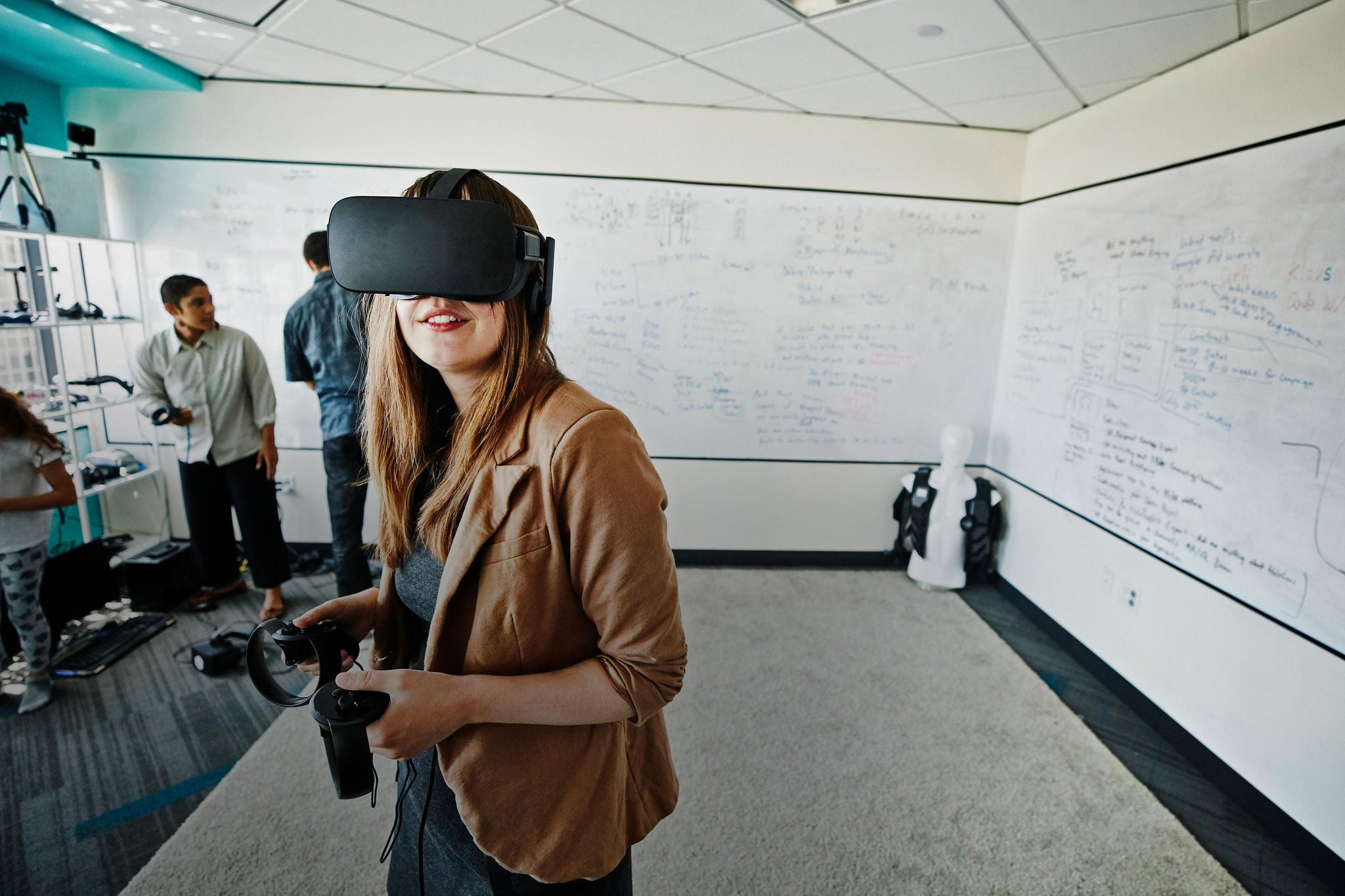EY refers to the global organization, and may refer to one or more, of the member firms of Ernst & Young Global Limited, each of which is a separate legal entity. Ernst & Young Global Limited, a UK company limited by guarantee, does not provide services to clients.
How EY can Help
-
EY-Parthenon sector strategy consulting teams have deep sector strategy experience and can help your business challenge the status quo. Learn more.
Read more
It is critical for CEOs to create the vision for change and the umbrella under which their executive teams can take risks and question long-held belief systems. Sometimes it takes a C-suite leader to break through the calcification that arises from success and move away from statements like “this is not our way.” These statements should serve as a red flag for the CEO to push the team out of their comfort zone and begin to ask questions like:
- What have we not considered?
- If we are succeeding compared to our expectations, were our expectations too conservative?
- If something is going well, how could it go better?
- Which customers are we not serving? Why? Should we re-examine those assumptions?
Has our field of play changed? Or is the game now different and requires a new set of rules? Can we change the game?
In this dynamic environment, manufacturing CEOs should be looking toward ecosystems to amplify innovation and market impact far beyond what can be achieved with their own resources, at an accelerated pace. As the natural focal point for building these relationships, CEOs should recognize and leverage the unique strategic advantages that come with their role — across business units, markets, regions and more. And 71% of manufacturing CEOs who already have high-performing ecosystems affirm that those ecosystems are providing greater growth opportunities than traditional M&A, according to the EY CEO Imperative Study.











